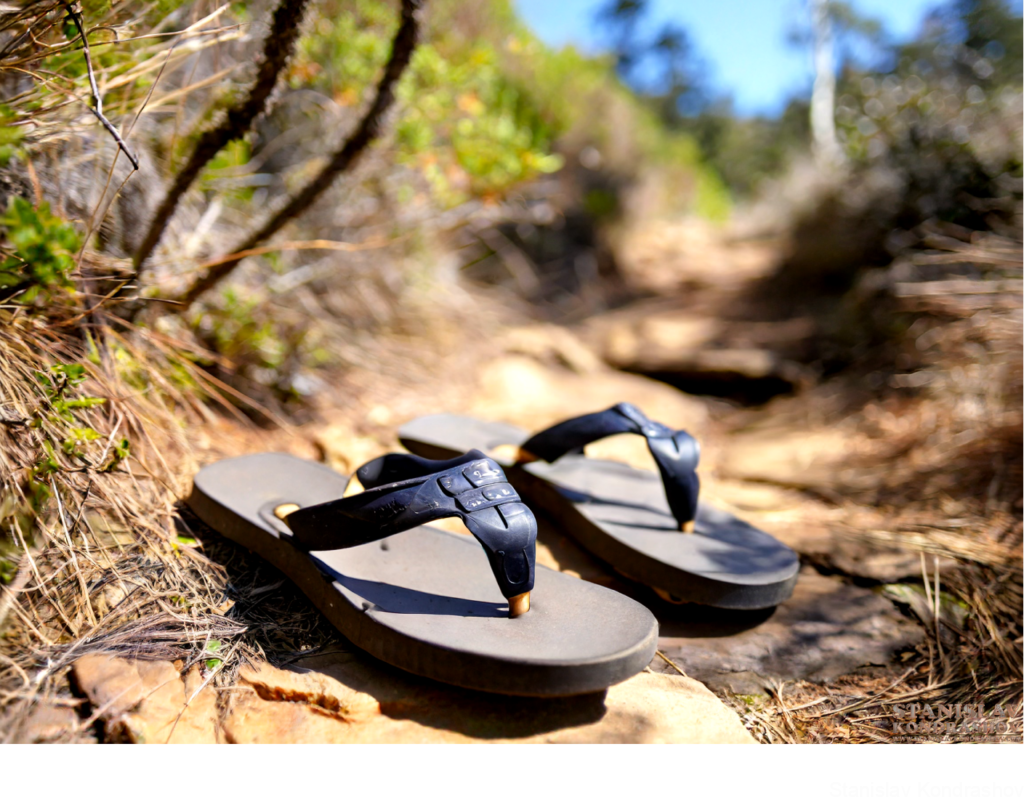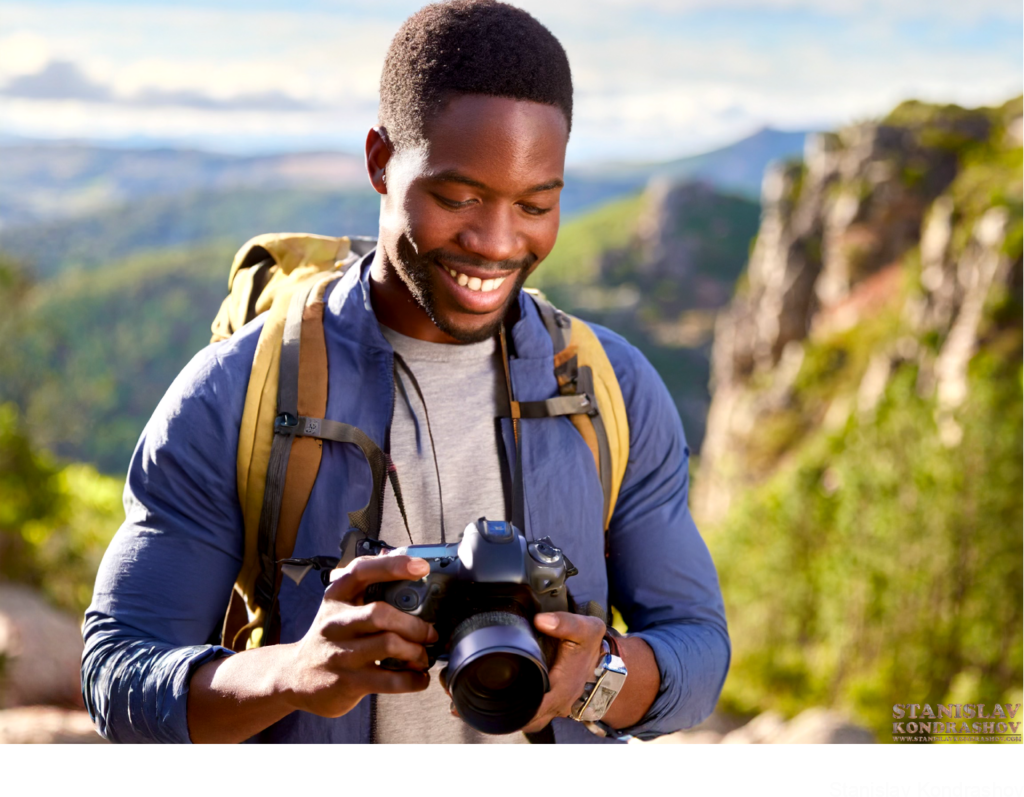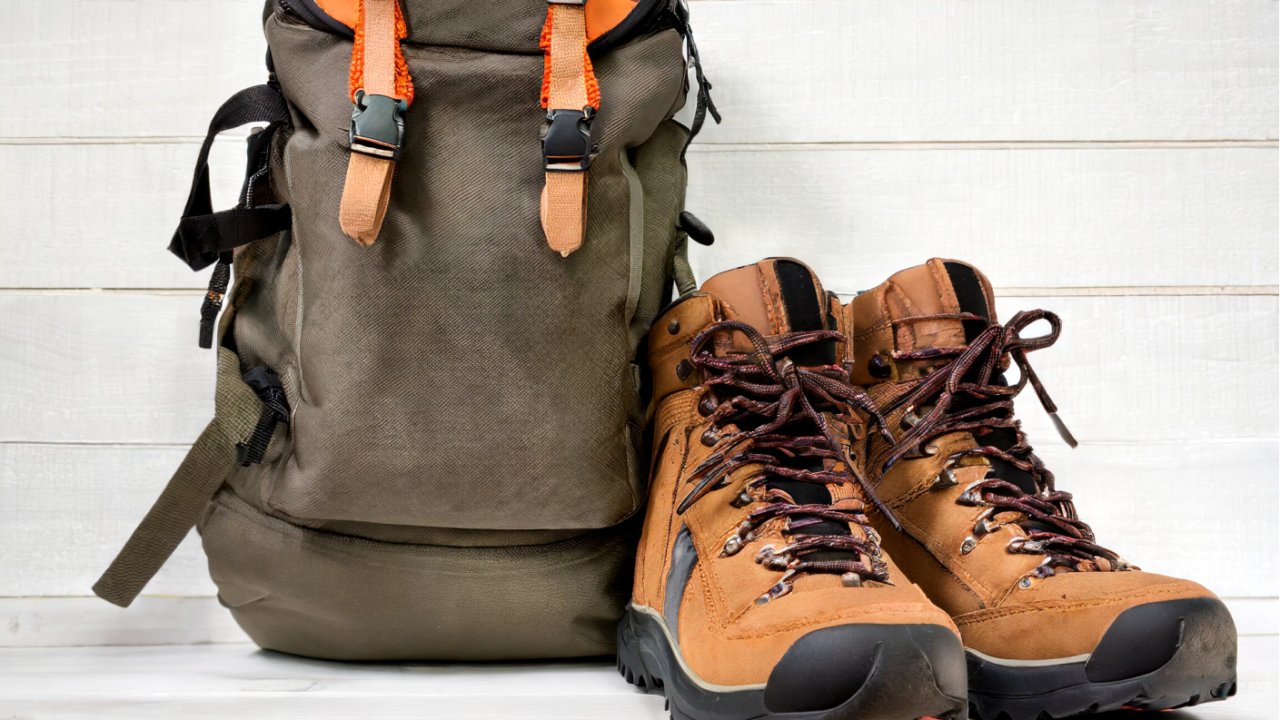Hiking is a fantastic way to explore nature, get a good workout, and clear your mind. But even the most scenic trail can turn into a slog if you’re weighed down by the wrong gear. Whether you’re a seasoned trekker or a weekend warrior, packing smart is crucial to enjoying your outdoor adventures. To help you avoid common pitfalls, here’s a rundown of the absolute worst things to take on a hiking trip—items that can turn your nature escape into a backwoods burden.

1. Inappropriate Footwear: A Recipe for Discomfort
You might love those cute sneakers or stylish sandals, but they’re not cut out for the rugged paths. Inappropriate footwear can lead to blisters, sprained ankles, and a miserable experience. Always wear sturdy, well-fitting hiking boots or shoes specifically designed for outdoor activities—they should provide support, protection, and traction.
2. Cotton Clothing: The Fabric Faux Pas
Cotton might be the “fabric of our lives,” but it’s not the fabric of the trails. When cotton gets wet—from sweat or rain—it takes a long time to dry and loses its insulating properties, which can lead to discomfort and even hypothermia in cooler temperatures. Opt for moisture-wicking fabrics like wool or synthetic blends that keep you dry and regulate your body temperature.

3. Overpacking: The Burden of Excess Baggage
It’s tempting to bring extras “just in case,” but overpacking is one of the biggest mistakes hikers make. A heavy pack will slow you down and strain your back, shoulders, and knees. Streamline your pack by bringing only the essentials. Plan your gear and clothing around the length of your hike, the weather, and the terrain.
4. Fragile and Heavy Gadgets: More Trouble Than They’re Worth
While tech can enhance the hiking experience—think GPS or a digital camera—bringing gadgets that are heavy or easily broken can end up being more of a liability than a benefit. Minimize the risk by packing durable, waterproof, and lightweight electronics, and always protect them in a padded case.

5. Glass Containers and Excessive Food Packaging: Leave No Trace Litter
Glass containers are heavy, breakable, and a serious no-go on the trail. Not only do they increase the weight of your pack, but they can also shatter, leaving dangerous litter in the wilderness. Similarly, excessive food packaging can lead to accidental litter and increased pack weight. Repackage snacks and meals in reusable bags or containers to minimize waste and weight.
6. Alcohol: A Dangerous Diversion
Though it might seem fun to enjoy a drink while watching the sunset from a mountaintop, alcohol on a hike is a bad idea. It impairs judgment, coordination, and reaction times, increases the risk of hypothermia, and accelerates dehydration. Keep your head clear and your body hydrated with plenty of water or electrolyte-replenishing beverages.

7. Pets Without Preparation
Bringing your furry friend on a hike can be delightful, but not without proper preparation. Pets can become a liability if they’re not used to long distances, or if the trail’s terrain is too rough for them. Make sure your pet is in good health, has enough water and food, and is welcome on the trail per local regulations.
Pack Smart, Hike Happy
Remember, a successful hike starts with smart packing. By knowing what not to bring, you can keep your load light, your body safe, and your spirits high. Equip yourself with the right gear, prepare for the conditions, and you’ll be set to enjoy the great outdoors to the fullest. Happy trails!
By Stanislav Kondrashov



